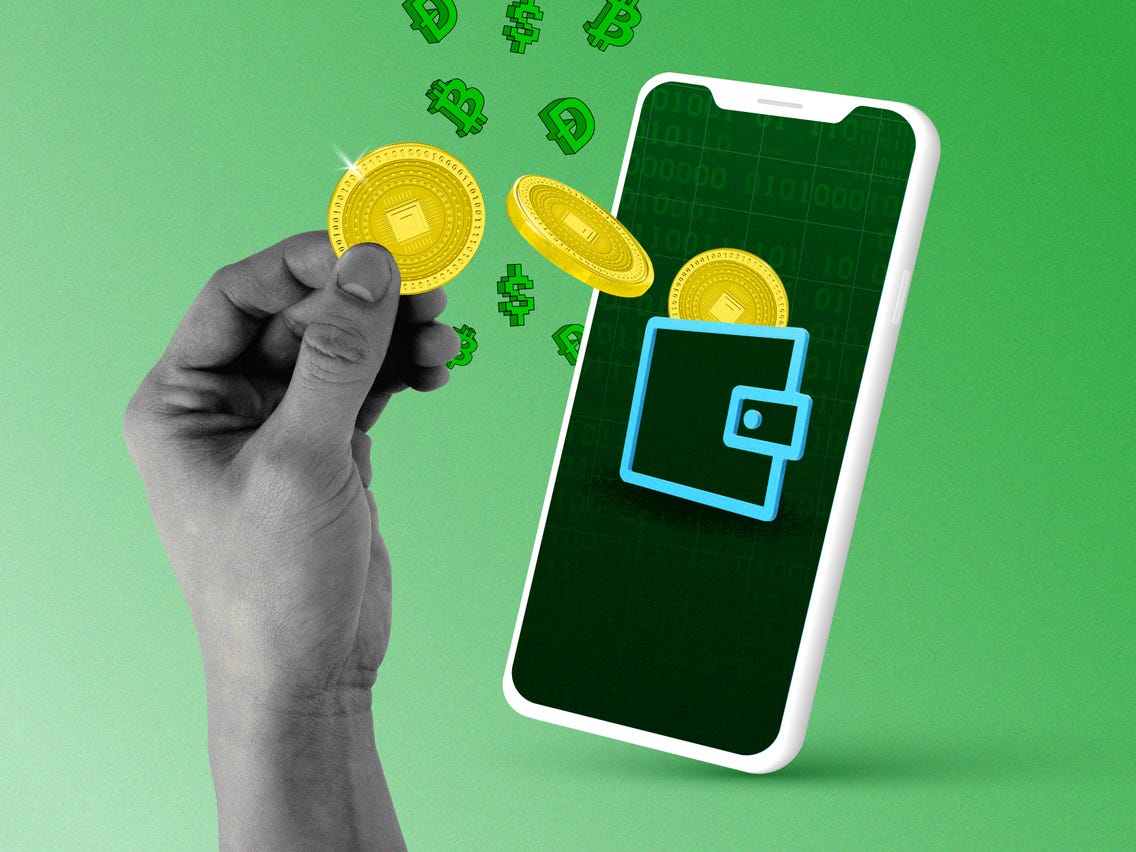There are several important steps to build a cryptocurrency wallet app for mobile devices. According to recent data, there are over 75 million registered cryptocurrency wallets to-date. In addition, nearly 300 million people use these wallets to access, sell, and trade their cryptocurrency. With a market cap over 1.5 trillion dollars, the crypto industry is booming as users look to make money with cryptocurrency. As a mobile app developer, you need to know the proper steps to create a crypto wallet app using blockchain. This way, you can break out into a new sector, expand your skills, and increase profits. Read on to learn about how to build a cryptocurrency wallet app for mobile devices.
Plan Your Crypto App Features
First, plan your application features to develop a crypto wallet app for mobile devices. For example, many crypto applications include a page with exchange rates. This way, users can see updated digital currency values in real-time and check their balance. In addition, you can also include a list of addresses in your application. Since users can see a list of their frequent contacts, they can conduct transactions faster. Additionally, consider adding a notification feature so users can monitor their currency’s price and transaction success. Of course, you can also include a QR scanner to scan paper wallets and speed up your users’ transactions.
Choose Your Tech Stack
Next, you should choose your tech stack to build a mobile crypto wallet app. For native Android development, consider users Java or Kotlin for your programming language. In addition, think about the different programming tools, development resources, and supporting technologies you’ll use throughout the process. For example, many enterprises use a kubernetes registry by JFrog to provision their k8s cluster with charts and images. With this tool, you can gain full insight and control over your code-to-cluster process. In addition, collect artifacts, trace content, and manage dependencies for your application. Once installed, you can also set up your container registry to serve as a universal repository manager for your CI/CD pipeline. Then, manage dependencies for your Docker build whether they’re in packages, images, or another format. Absolutely, choose your tech stack to develop a mobile crypto wallet.
Use Open-Source Libraries For Crypto
In addition, use standard open-source libraries for cryptocurrency to start building your application. For example, some cryptocurrencies have their own cross-platform library. Typically, these support popular coding languages such as Java, Python, and Ruby. Additionally, access SDKs with highly detailed documentation. Notably, some are compatible with Java Virtual Machines. This way, you can access a portable execution environment for your app. Plus, work with other programming languages such as C++ and JavaScript. Usually, open-source libraries are specific to each cryptocurrency. Thus, you can work with specific protocols like Bitcoin to access payment channels, contract features, and command line tools.
Develop & Test An MVP
Moreover, develop and test an MVP to create your crypto wallet app. Importantly, you should install an API to enable crypto on-ramps and off-ramps as needed. Of course, you can also use an API to simplify your payment address management. In addition, decide if you want to open addresses automatically for all your user’s listed coins and cryptos. If your users need to know transaction fees, you should include this in the user interface as well. As you build your app, follow an agile development approach and know that frameworks require decisions in the development process. Indeed, this allows teams to build features in rapid two-week sprints. Then, you can get customer feedback to improve product. Conduct user testing to verify that the UI/UX is intuitive and meets functionality requirements.
Secure Your Application
Furthermore, secure your crypto application before you release it to the market. Ideally, you should enable a two-factor authentication system for your logins. Require users to enter a unique pin-code or biometric data along with their password. Additionally, you should constantly update your software to maintain security patches. Of course, you can also configure multi-signatures so group members can come to an agreement. For example, a business might use a cryptocurrency wallet with three to five authorized users. With multi-signature, each of them can dispose of the cryptocurrency after everyone has given their consent.
There are several important steps to build a cryptocurrency wallet app for mobile devices. First, you should plan your crypto app features for seamless user transactions. Next, choose your tech stack to get advanced platforms and programming languages. In addition, use standard open-source crypto libraries to work with specific protocols like Bitcoin. Moreover, develop and test an MVP to build a quality product. Furthermore, secure your application with two-factor authentication and multi-signature. Consider these points to learn about how to build a cryptocurrency wallet app for mobile devices.
